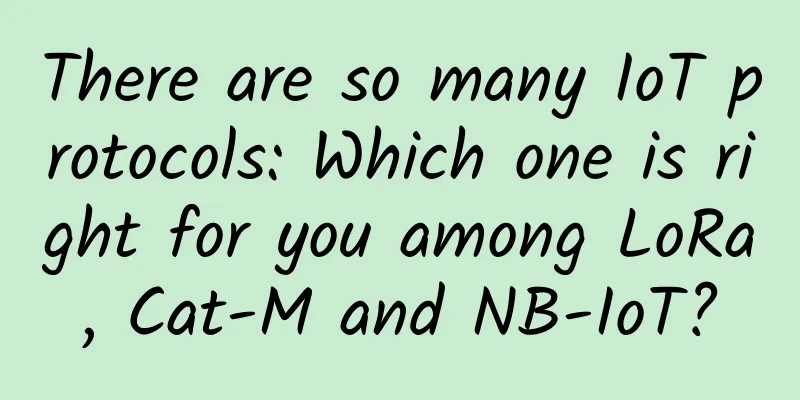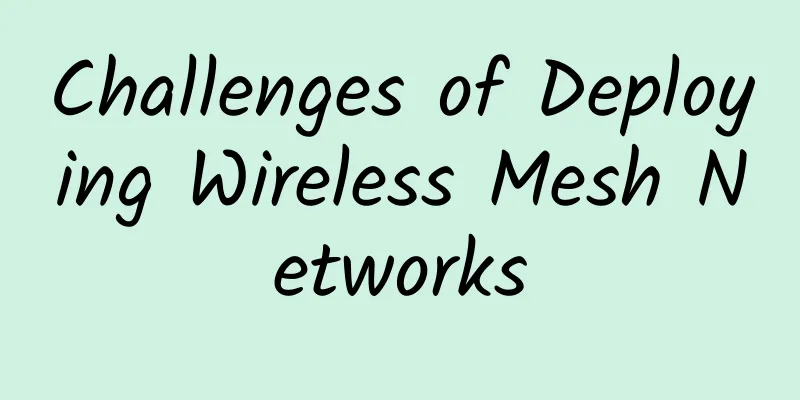|
The average lifespan of an American car is about eight years or 150,000 miles. A well-made luxury car can last 15 years or 300,000 miles if it is well maintained. Despite these predictions, it is impossible to determine exactly how long a car will remain trouble-free, and even with the best maintenance in the future, major components will fail. The same is true for building controls. No matter how good a facility’s building automation system (BAS) or building management system (BMS) is, it will eventually break down. After a few years, even if it’s still functioning, it will likely not pair/work with new technology. Upgrading commercial control systems can be a daunting task. Many obstacles, including cost, the need for additional infrastructure, increased expertise, cybersecurity, etc., stand in the way. But like the driver who upgrades his vehicle, the reward for those who upgrade their equipment is more sophisticated controls, cost savings through automated operation, and a more attractive aesthetic. As an HVAC contractor, the challenge is to accurately distinguish when a controls upgrade is necessary and to convince operations management why such an investment is necessary and worthwhile. The time has come
Just like a car, HVAC controls don't last forever.
“Even the most advanced HVAC systems are not expected to last more than 20 years,” said Patrick Pease, PE, LEED AP BD+C, director of mechanical engineering at cove.tool. “This is especially true for control systems, which have evolved exponentially over the past few years. If your controller is more than 20 years old, it may be time for an upgrade.”
When equipment reaches the end of its lifecycle, replacement parts are often unavailable, forcing contractors to push for full system replacements because it is the only option.
“While controllers can last a long time, replacement units with the same functionality, form factor or hardware may not be available as manufacturers improve systems and the commercial electronics market phases out older components,” said Todd Lash, leader of building automation solutions at Siemens. “In addition, older models often have limited functionality and cannot support rapidly evolving application and code requirements.”
James Mylett, senior vice president of digital buildings at Schneider Electric, said approximately 50% of buildings in existence today were built before 1980. Unfortunately, previous technologies and infrastructure were not designed to meet today’s challenges.
“Building occupants’ expectations of their buildings have evolved dramatically over the past decade and have accelerated further as we navigate the global pandemic. Notably, expectations for resilience, efficiency, sustainability, and people-centricity are now at a point where legacy control systems, especially those that are non-IP, are unable to deliver the outcomes that today’s building occupants demand.”
Mike Keller, Honeywell North American Building Sales Director, asked, if the building control system is the brain of the building, why not make the building as intelligent as possible?
“The brain directs all the parts of the body to communicate with each other and tells them what to do. The current trend among contractors is to migrate to IP-based controllers for this nervous system to enable it to communicate more efficiently. As with any digital experience, migrating to an IP-based system provides faster, more reliable communication between controllers, which in turn allows owners to make faster, more accurate decisions and increase facility uptime. This data reliability and speed enables better data flow to the cloud.” Cost and other barriers
When it comes to upgrading building control systems, there are many barriers besides cost that prevent building owners from taking the plunge.
“There are barriers, including lack of funding, lack of perceived value and a desire to avoid perceived risk,” said Chris Lane, director of product management for Johnson Controls BAS products. “Systems are designed for upgrade flexibility so contractors can work with customers to implement an appropriately cadenced upgrade program. It’s more cost-effective to regularly ensure system components are working properly than to face sudden, unplanned downtime.”
One of the main drawbacks when retrofitting to IP-based controllers is the cost of electrical installation.
“Laying new Ethernet cabling throughout a facility is expensive,” said Chris. “Honeywell’s new controller platform can use a proven Ethernet communication protocol called 10BASE-T1L. T1L technology enables Ethernet communications over a single balanced twisted pair, giving contractors the option of reusing existing cabling for retrofits or using new twisted pair instead of CAT 5/6 cabling, thereby reducing installation costs. Additionally, T1L technology offers speeds of 10 MB per second, enabling a high-capacity, low-cost wired solution.”
While controls upgrades can be costly, the reality is that the longer you wait, the more expensive the replacement will be.
“If a building is running on a 30-year-old control system, almost all of the components need to be replaced,” Pease said. “Now it’s not just upgrading some sensors, some wiring — it’s probably going to be remodeling everything in the building, which becomes very challenging.” ● Solution
When contractors are ready to specify new HVAC control systems, manufacturers are ready to offer affordable, easy-to-install systems.
“Contractors want to win work,” Pease said. “Cove.tool’s software allows contractors to develop all the information they need to sell the need for controls replacement. The value and cost of a controls upgrade are presented in an easy-to-understand format that is clear and understandable to the customer in 10 minutes.”
Siemens has launched a new range of controllers to optimize building performance for all building sizes. This includes the Climatix range of Title 24 economizer controllers and rooftop unit optimization controllers.
“Most buildings use RTUs, and Climatix RT is a pre-programmed controller that contractors can easily install and configure,” said Lash. “It is designed to improve RTU energy savings and IAQ for both new and legacy equipment. The commissioning process uses a wizard-based design that simplifies the labor required on the job site and provides real-time remote monitoring, ultimately reducing unnecessary support truck rolls.”
Mylett said Schneider Electric’s Insight sensors are able to capture traditional room space measurements, such as temperature and humidity, and can also collect data on lighting, noise and occupancy, which are all key metrics for a human-centric built environment.
“By seamlessly connecting to IP-enabled room controllers, Insight sensors deliver rich data streams and enable smarter performance for room control, occupant comfort and overall building efficiency.”
Johnson Controls' latest innovations include Facility Explorer monitoring software version 14.11.4 and Metasys version 12.0. The software is designed to speed problem identification and resolution, prevent unauthorized access, maximize system performance, and reduce installation time and costs. New controller models and security enhancements help contractors identify and resolve field issues, stay current with IT security and network standards (such as BACnet/SC), and more quickly and accurately control room pressure, ventilation, humidity, and temperature.
“The latest Facility Explorer software is enhanced with modern 3D photorealistic graphics to help users navigate their systems quickly and easily,” Lane said. “It makes it easier and more efficient to design, install, commission and maintain critical environments.”
Honeywell's Optimizer Suite, which consists of variable air volume (VAV) controllers, single controllers and advanced equipment controllers, can provide contractors with efficient installation and commissioning, cyber security protection, energy management, maintainability and system operability.
“The solution can help any existing building control system gain the same benefits of IP control as a new state-of-the-art facility,” Keller said. “Contractors can wire new controllers into the system and connect wirelessly or IP communicate over twisted pair with T1L technology to transmit HVAC data.”
Honeywell Remote Building Manager is another innovation designed to help monitor a building's energy use and monitor operating costs. The unit allows owners and tenants to manage a building's systems 24/7 from anywhere on a variety of devices.
“For any type of building, from leased or owned to new or old, cloud-based monitoring software allows users to add or remove sites and capabilities at any time, depending on the overall service level required,” Keller said. “Contractors can install and configure the solution in hours rather than days, as it requires minimal hardware and onsite IT support.” |










